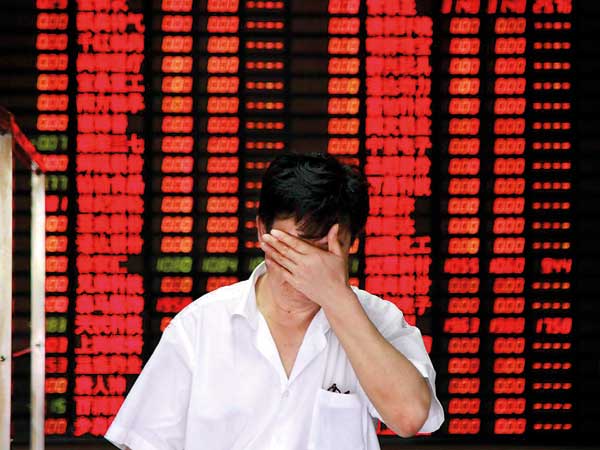31 Aug 2015 - {{hitsCtrl.values.hits}}

.jpg) China has been a major contributor to economic growth and low global inflation for more than two decades. However, after Black Monday, the world is pondering whether it is a start of a new and alarming phase of a crisis that would trickle down to the rest of the world. While authorities across the world strive to mitigate the adverse effects of the crash, it is vital to reflect upon the lessons Black Monday taught us.
China has been a major contributor to economic growth and low global inflation for more than two decades. However, after Black Monday, the world is pondering whether it is a start of a new and alarming phase of a crisis that would trickle down to the rest of the world. While authorities across the world strive to mitigate the adverse effects of the crash, it is vital to reflect upon the lessons Black Monday taught us..jpg)
.jpg)
.jpg)
.jpg)
.jpg)
.jpg)
26 Nov 2024 6 hours ago
26 Nov 2024 7 hours ago
26 Nov 2024 7 hours ago
26 Nov 2024 9 hours ago
26 Nov 2024 9 hours ago